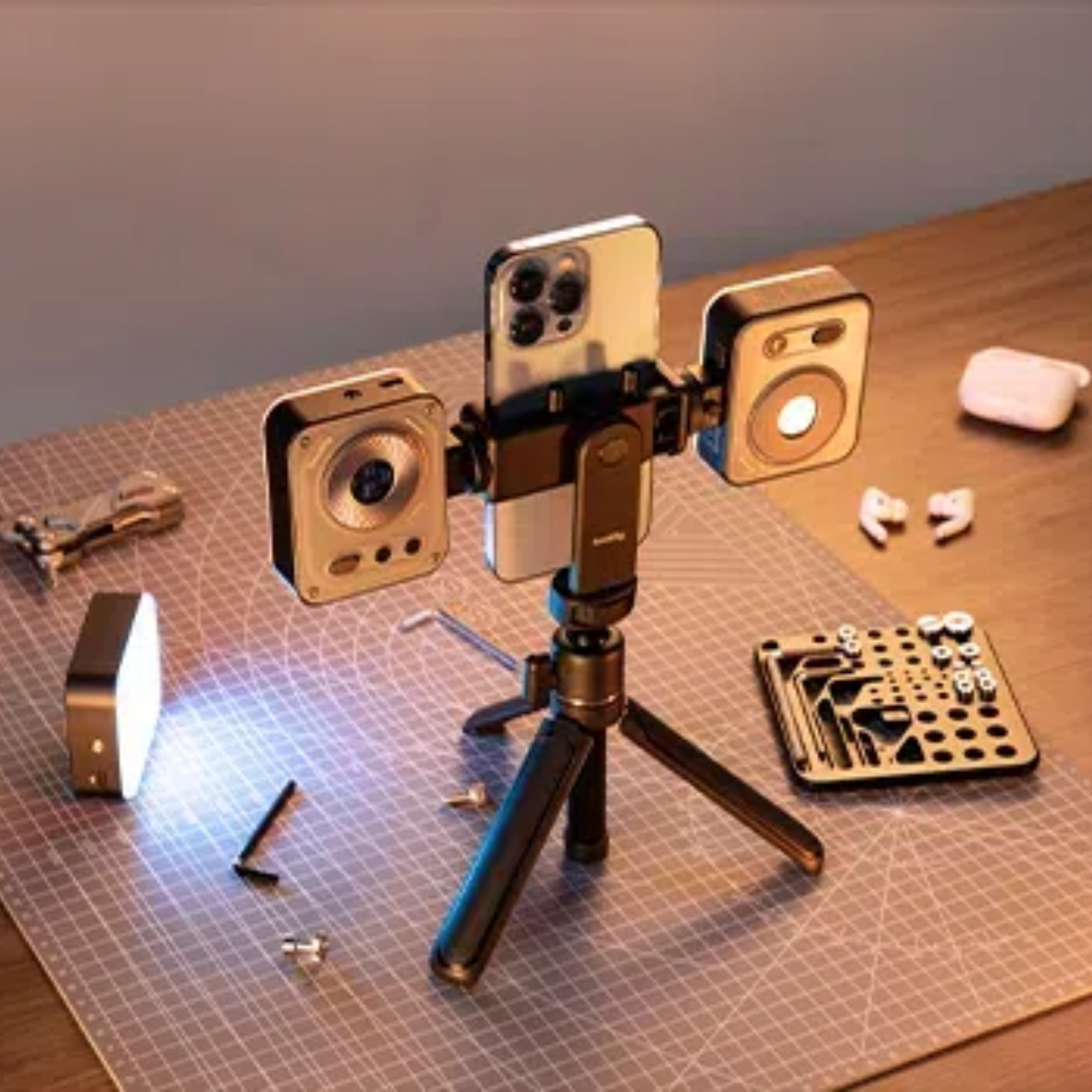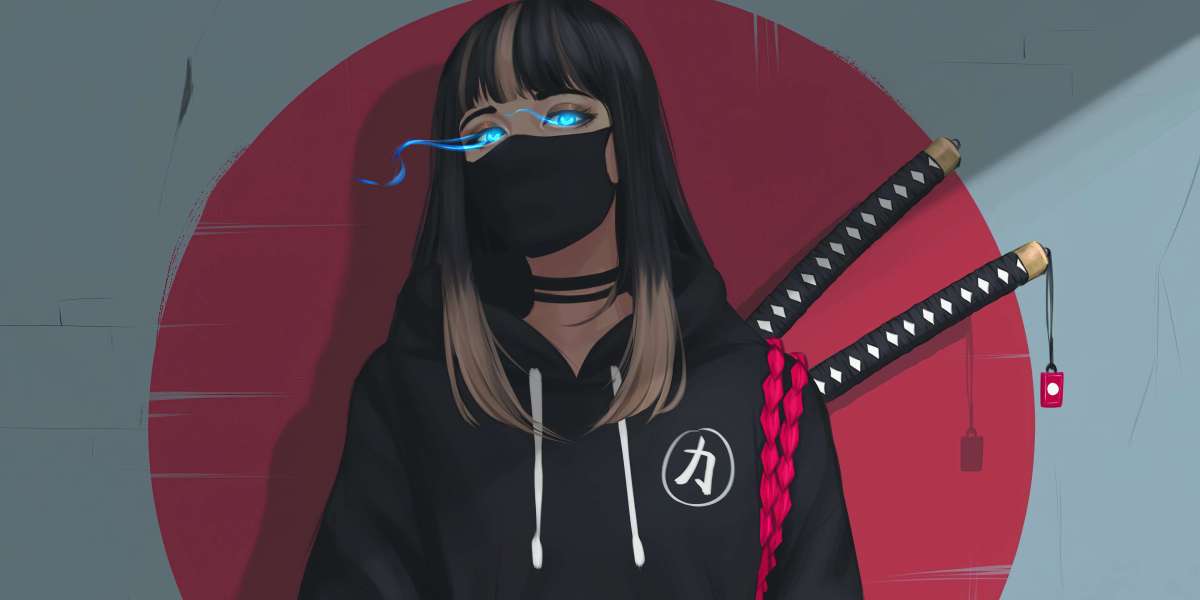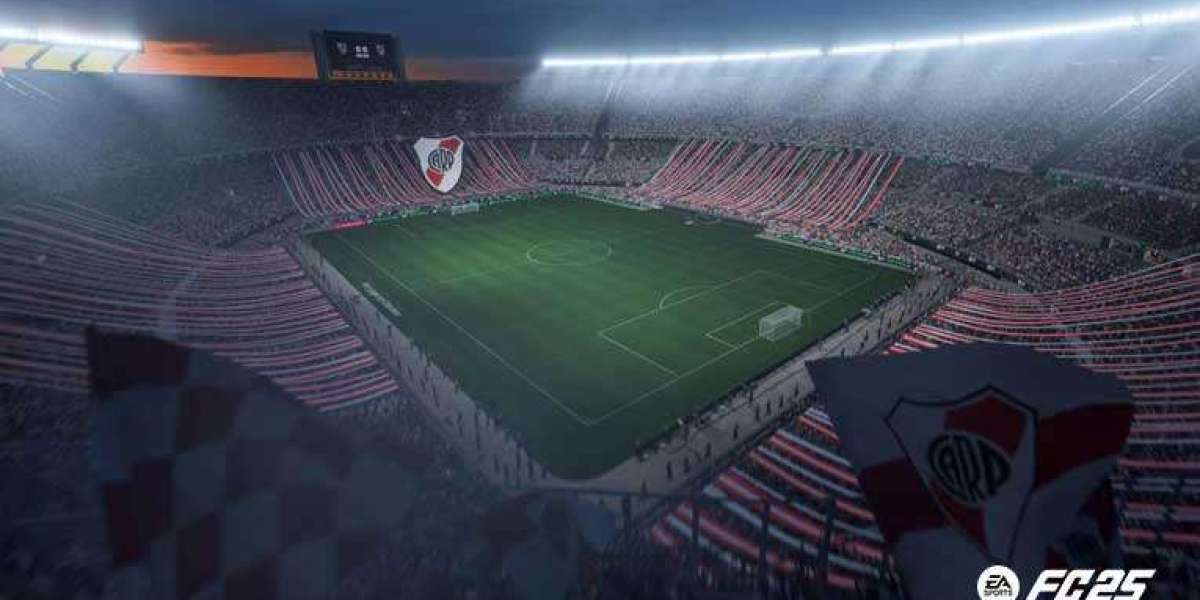Unlock Your Photography Potential: Discover the Perfect Softbox for Stunning Shots!
Lighting is one of the most critical aspects of photography that can make or break your images. Whether you're capturing stunning portraits or showcasing products, the right lighting can elevate your photos to a professional level. This is where a photography softbox comes into play. A softbox is designed to diffuse light, providing a soft, even illumination that helps to eliminate harsh shadows and highlights. In this article, we will guide you through the various options available for softboxes, helping you make an informed decision that suits your specific photography needs.

Understanding Photography Softboxes
A photography softbox is a light modifier that envelops a light source to create a softer, more diffused light. Its design typically consists of a reflective interior and a soft outer fabric, which collectively work to spread light evenly across the subject. This diffusion process is essential for achieving soft shadows and minimizing the contrast that hard light sources can create. When I first started in photography, I experimented with various lighting setups, and I quickly learned that using a softbox dramatically improved the quality of my images. The soft, natural look it produces is ideal for portraits, making skin tones appear smoother and more appealing.
Types of Softboxes
There are several types of softboxes available, each with its unique shape and functionality. Rectangular softboxes are popular for their versatility and ability to mimic natural window light, making them ideal for portrait photography. Octagonal softboxes, or "octas," provide a round catchlight in the eyes, which is often sought after in beauty and fashion photography. Square softboxes are also available and can be used for more controlled lighting setups. However, they can create more pronounced shadows compared to their round counterparts. Each type has its advantages and disadvantages, so consider your photographic style and the effects you wish to achieve when choosing your softbox.
Key Features to Consider When Buying a Softbox
When selecting a softbox, several key features should be taken into account. Size is one of the most critical factors; larger softboxes create softer light, while smaller ones produce more concentrated light. The material of the softbox also plays a crucial role in light quality; for instance, silk and nylon diffusers are popular for their ability to soften light effectively. Portability is another feature to consider, especially for photographers who work on location. A softbox that is easy to set up and dismantle can save you valuable time during shoots. I once borrowed a friend's softbox that was incredibly portable, which made a massive difference during a hectic event shoot, allowing me to focus more on capturing the moment rather than fumbling with equipment.
Choosing the Right Softbox for Your Photography Style
Different photography styles require different lighting solutions. For portrait photography, a large octagonal softbox can provide the flattering light needed to highlight facial features beautifully. On the other hand, if you're into product photography, a rectangular softbox might be more suitable as it can help create a more even light across the subject. Event photography often benefits from smaller, more portable softboxes that can be easily positioned in tight spaces. Each scenario presents its unique challenges, and understanding how different softboxes can cater to those needs will help you elevate your photography.
Common Mistakes to Avoid When Using Softboxes
While softboxes are fantastic tools, there are common mistakes that photographers often make. One frequent pitfall is incorrect positioning; placing a softbox too close can lead to overexposure, while positioning it too far can result in insufficient light. Additionally, failing to adjust the light's angle can create unflattering shadows. A solution to this is to experiment with light placement before the shoot, allowing you to find the sweet spot that delivers the desired effect. A friend of mine once struggled with lighting his subjects during a wedding shoot until he learned to adjust the position of his softbox, and the results were transformative.
Enhancing Your Photography with the Right Softbox
Choosing the right photography softbox can significantly enhance your shooting experience and the quality of your images. From understanding the different types available to considering essential features and avoiding common mistakes, this guide aims to equip you with the knowledge needed to make the best decision. As you explore the various options, remember that the right softbox can open up new creative possibilities, helping you unlock your photography potential. Don't hesitate to invest in a softbox that aligns with your style and needs—your future self will thank you!








